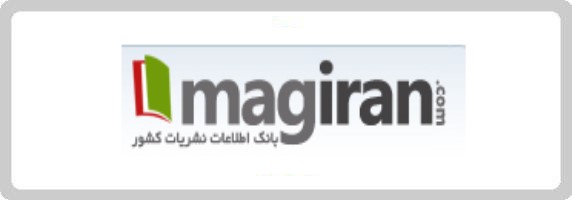Digital Transformation in the Iran's Education System: Strategies, Platforms and Obstacles
Keywords:
Strategies, Platforms, Obstacles, digital transformation, Education SystemAbstract
Purpose: Today, digital changes and transformation have caused changes in the education system of every country, including Iran. Therefore, the present research aimed to examine the strategies, platforms and obstacles of digital transformation in the Iran’s education system. Methodology: This study in terms of purpose was applied and in terms of implementation method was qualitative. The population of the present research was universal and organizational experts (education officials) of Iran country in the 2022-03 academic years, which from them 19 people were selected as samples according to the principle of theoretical saturation and by purposive non-random sampling method. The instrument of the present research was a semi-structured interview, which its content validity was confirmed based on the experts' opinion and its reliability was obtained by the intra-subject agreement coefficient method 0.84. The data of this study were analyzed by open, axial and selective coding method in MAXQDA-10 software. Findings: The findings of this research showed that the digital transformation strategies in the Iran’s education system had 38 indicators, 10 components in 3 dimensions, including formulating and implementing macro digital policies (with three components of identifying challenges, developing an executive strategy and creating management frameworks), empowering teachers and staff (with three components of providing specialized workshops, incentive programs to recognize and encourage teachers and staff and strengthening professional networks) and attracting the participation of families and community (with four components of communication platforms, parent education, using local resources and awards and honors). Also, the digital transformation platforms in the Iran’s education system had 39 indicators, 6 components in 2 dimensions, including organizational culture (with three components of technology acceptance, creativity and interaction) and government policies (with three components of financial supports, laws and regulations and financial programs). In addition, the digital transformation obstacles in the Iran’s education system had 41 indicators, 10 components in 3 dimensions, including psychological (with three components of fear of new technologies, cultural resistance and distrust to technology), technical (with four components of security flaws, network infrastructure, software compatibility and inadequate guidelines) and legal (with three components of lack of legal framework, copyright infringement and lack of inter-institutional cooperation). Finally, a pattern of strategies, platforms and obstacles of digital transformation in the Iran’s education system was drawn. Conclusion: According to the results of this research, in order to create digital transformation in the Iran’s education system, special attention should be paid to the identified dimensions, components and indicators for its strategies, platforms and obstacles.










